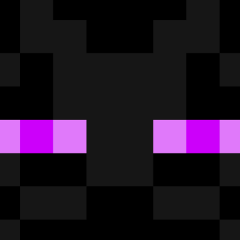Change characters in a string with StringRegExpReplace
-
Recently Browsing 0 members
- No registered users viewing this page.
-
Similar Content
-
Is dynamic SERC StringRegExpReplace possible please?
By ni3dprint,
- serc
- stringregexpreplace
- (and 1 more)
- 12 replies
- 1,806 views
-
- 4 replies
- 2,294 views
-
- 5 replies
- 2,090 views
-
- 15 replies
- 2,832 views
-
- 7 replies
- 2,049 views
-


Recommended Posts
Create an account or sign in to comment
You need to be a member in order to leave a comment
Create an account
Sign up for a new account in our community. It's easy!
Register a new accountSign in
Already have an account? Sign in here.
Sign In Now